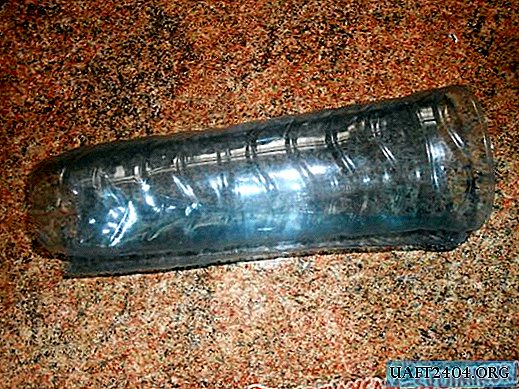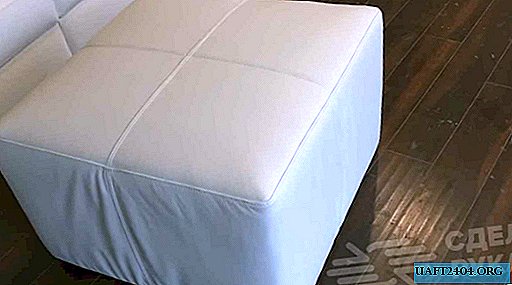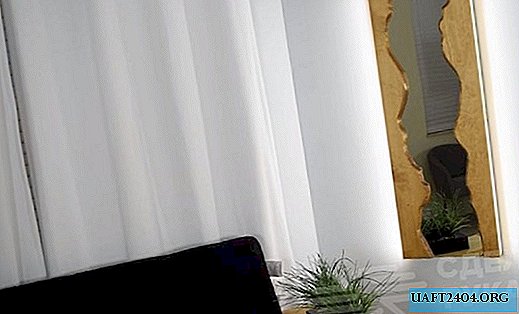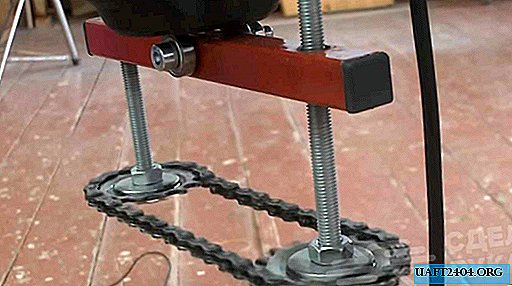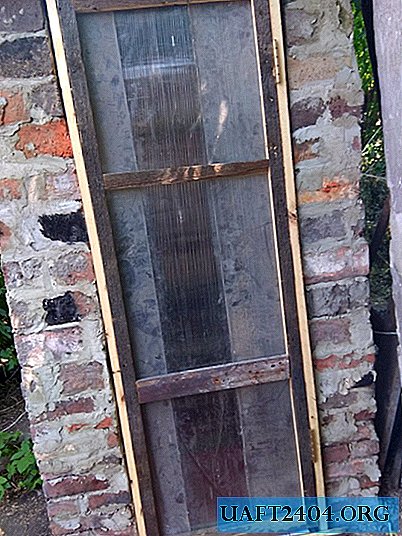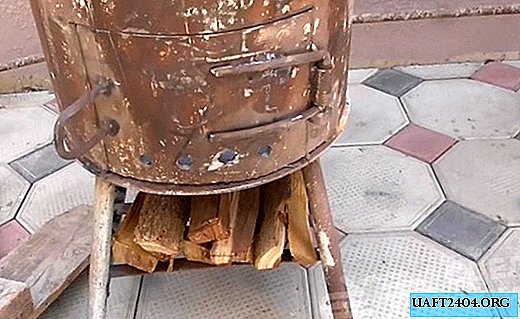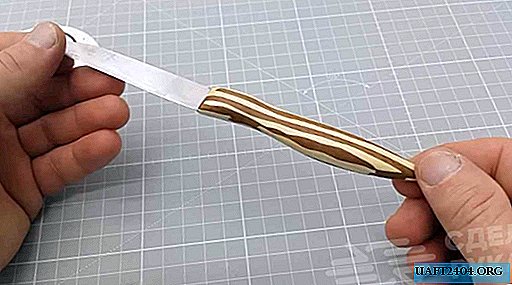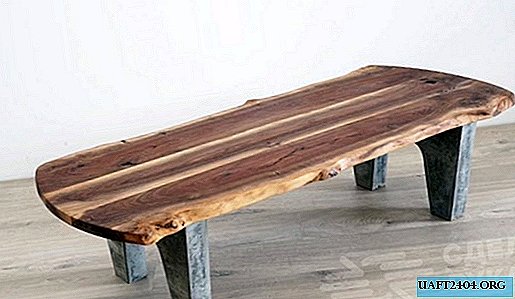
This original low-seating table will fit perfectly into any interior and add some zest to the surroundings. Unlike classic coffee tables, in this design the legs are not wooden, but concrete. It looks very unusual, and therefore definitely deserves attention.

To make concrete table legs, you will first need to make the formwork of the desired shape, and for this it is best to use sheets of plywood. The tabletop can be glued from boards with a dark tone and a beautiful texture (for example, professionals recommend using oak or walnut).
Milestones and recommendations
First of all, you need to draw a template of the legs, transfer it to the prepared plywood sheet and cut it with an electric jigsaw. The result should be four identical blanks. Before assembling the formwork, we cover them with 1-2 layers of polyacrylic paint so that the concrete solution does not stick.

On the edges of the mold, pieces of a vinyl skirting board are attached, which are additionally coated with sealant - thus, the internal joints will be securely “sealed” and the concrete will not leak during the pouring process. We connect the halves of the formwork and close the lower holes in the legs. To fix the countertops, we install L-shaped brackets.

Then we install the molds on a flat surface and fill it with concrete mortar to the mark. Concrete is poured in several stages (not in one fell swoop from a bucket!), And each layer must be carefully “tapped” with a hammer so that shrinkage is as dense and air pockets are not formed.
Production and fastening of countertops
At the last stage of work, from the processed boards we glue the countertop and fasten it to the previously installed brackets. The detailed process of assembling a coffee table with concrete legs can be seen in the video on the website. Write in the comments, do you like this table option?

